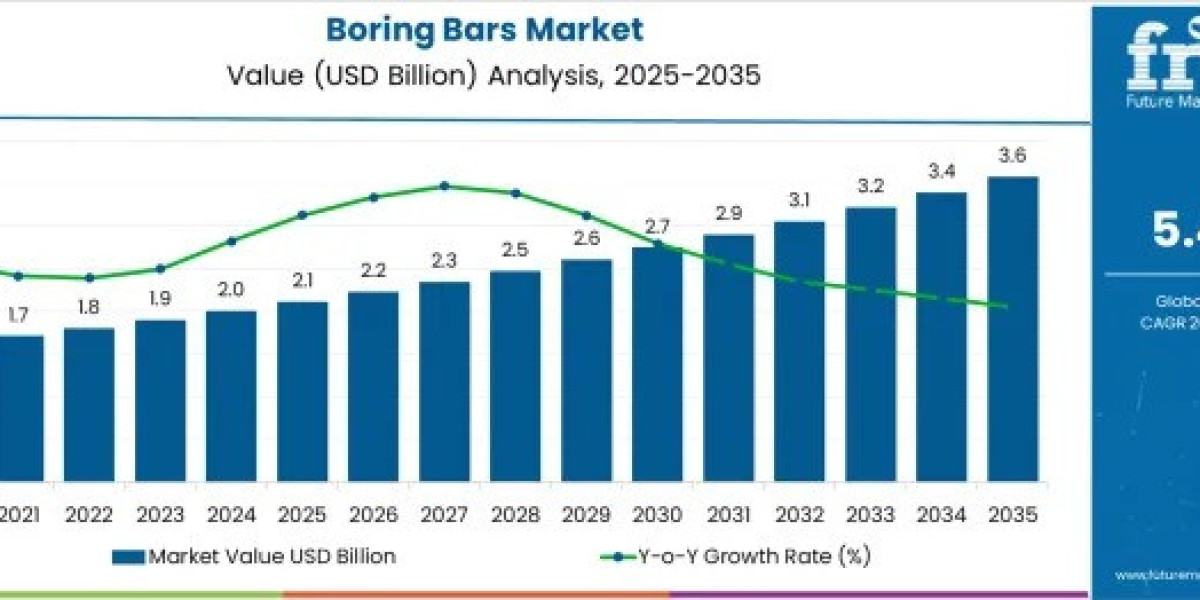The Tomato Powder Market continues its upward trajectory, driven by rising food manufacturing needs, clean-label movements, and consumer demand for convenient ingredients. As manufacturers seek reliable, versatile, and long-lasting tomato-based solutions, the market’s Size, Share, and Growth outlook remain exceptionally strong.
Tomato powder’s relevance ties closely to the broader dehydrated vegetables market, where consumers prioritize sustainability, long shelf life, and nutrient retention. The dehydration process preserves essential properties, making tomato powder a cost-effective and stable ingredient for large-scale production.
Food ingredient powders are becoming essential in modern industrial processing. Tomato powder is especially valued for its excellent solubility, strong flavor profile, and ability to integrate seamlessly into automated manufacturing lines. It acts as a natural stabilizer and flavor enhancer across many applications.
The rising demand for tomato-based ingredient solutions across food categories—snacks, ready meals, sauces, condiments, and bakery products—further strengthens the market. Its versatility allows manufacturers to create consistent and flavorful products with minimal processing.
In clean-label product development, tomato powder is recognized as one of the most preferred clean-label food ingredients. It supports transparency, reduces the need for artificial additives, and meets consumer expectations for natural authenticity.
As brands explore innovative food concepts, natural flavoring powders such as tomato powder are increasingly used to enrich taste profiles while maintaining simplicity. From protein snacks to instant soups, tomato powder enhances umami and depth.
Retail adoption is accelerating as ready-to-use tomato powder gains popularity among consumers seeking convenient and healthy alternatives to fresh tomatoes. It is widely used in home cooking, seasoning mixes, marinades, and international dishes.
In commercial kitchens and manufacturing units, culinary tomato powder applications are expanding rapidly. Chefs value tomato powder for its consistency, high flavor concentration, and compatibility with global cuisine styles.
The importance of food manufacturing ingredients continues to grow as the food industry emphasizes shelf-stable, clean, and reliable materials. Tomato powder’s functionality makes it essential for snack coatings, extruded foods, dehydrated soups, and savory meal kits.
The rise of urbanization and packaged food consumption fuels strong packaged tomato powder demand. Innovative packaging formats—resealable packs, airtight pouches, and eco-friendly containers—are making tomato powder more appealing to retail buyers.
According to strategic Analysis, tomato powder will continue to dominate as a versatile and natural ingredient in the evolving food ecosystem. The long-term Forecast is highly positive, driven by sustainability trends, clean-label preferences, and growing culinary creativity worldwide.
FAQs – Blog 5
1. What makes tomato powder a future-ready ingredient?
Its versatility, natural profile, and compatibility with clean-label trends.
2. Why is demand rising in packaged food categories?
Consumers prefer convenient, flavor-rich, long-lasting ingredients.
3. How is tomato powder used in food production?
In snacks, sauces, bakery items, ready meals, and seasoning mixes.
4. Why is it preferred over fresh tomatoes?
It offers longer shelf life, convenience, and no seasonal variability.
5. Are culinary applications increasing?
Yes, chefs increasingly use it in global recipes, rubs, dips, and marinades.








